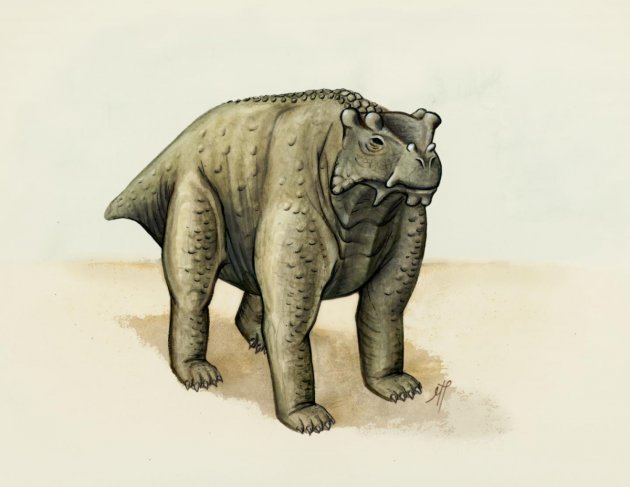On one occasion, as I was in a rather crowded Bayswater sitting room, I was taking papers from a briefcase to hand around -briefing notes on recent UFO sightings. The book I had read on the train about Jack The Ripper fell out.
"Ho-ho -I've read that one!" exclaimed one man pointing at the book. Another asked "Is it one of those silly 'a Royal dunnit' books?" The first replied: "No. Oddly enough!"
A conversation followed and the first man was asked by another (an RAF man): "Old -------- had copies of The Yard file with him in his study. Have you-?" The first: "Oh absolutely. No one named so far is in that file!"
It was mooted around that "The Yard File" would never be released. I then asked "Why is that?"
Silence.
The RAF man then looked at me and clipped his lips together between finger and thumb. I thought it a bit childish though I do recall laughing internally. After all, here we were talking UFOs and all sorts of things I had to treat as confidential yet a murder case closed in 1892 (?) was considered beyond discussion.
Oddly, the last of the surviving Bayswater people, "Maxie" who was Viscount something or other but went by the name "Maxie" (as several people told me: "Oh, everyone knows Maxie!") passed away a few years ago but I did once ask him about that day. "Well, those in the know know but it just simply is not the done thing to blab."
I was told, because Maxie was a big true crime buff with every book on the Ripper -including two in French and one in, I think, Spanish- thoroughly thumbed through that "the name" had never been revealed or mentioned by anyone up to that point.
Even documents under the Official Secrets Act get released after a certain period -Top Secret ones from World War 2 and even the Cold War period. So why is the file on a series of murders from 1888 still not open to public scrutiny? After all, anyone named has been dead a long time now, as are any of their children or grandchildren. There is, logically, no reason why the file should not be open to historians though I find it funny that a couple of people have suggested that the file was not released because "it went missing"!
This is how silly secrecy becomes.









